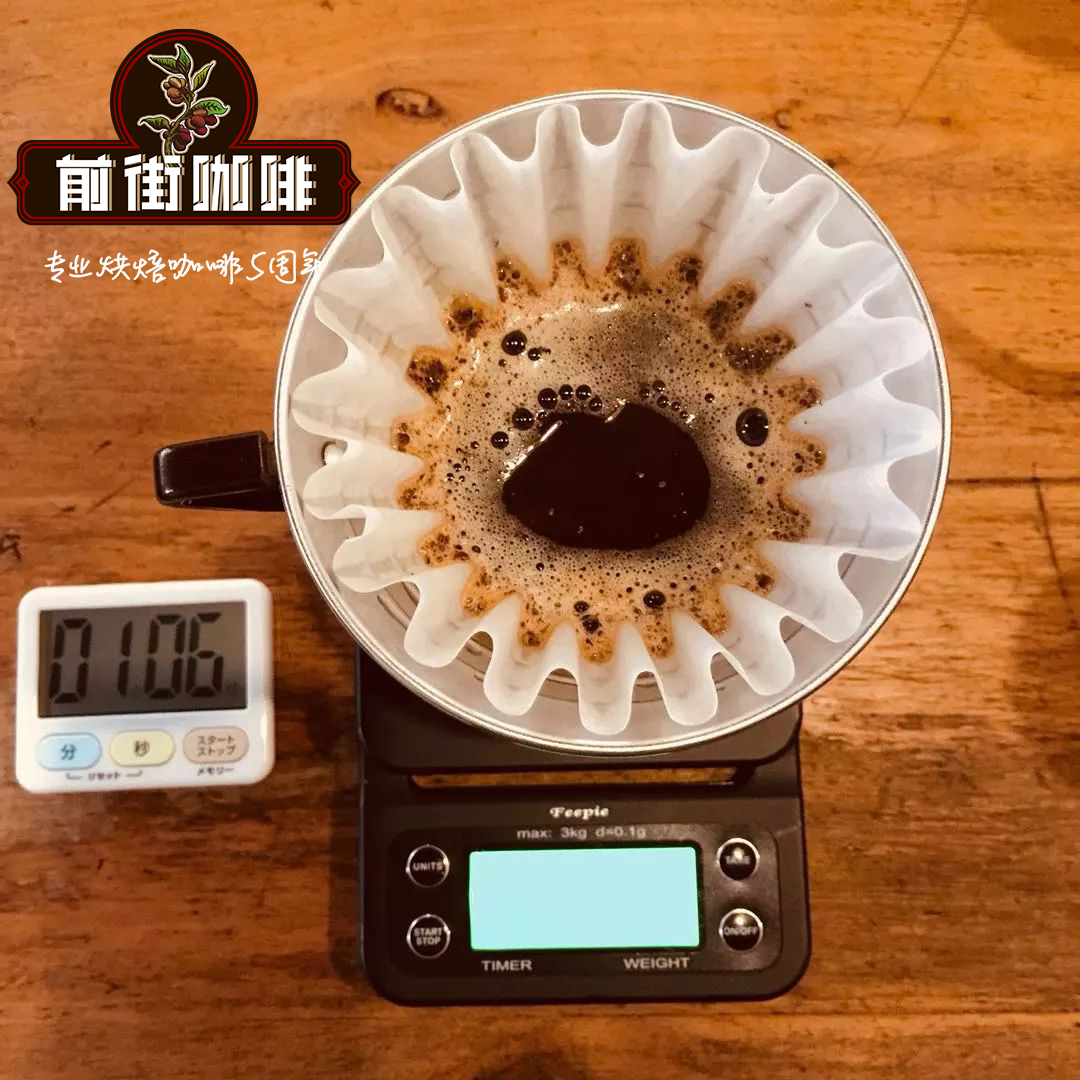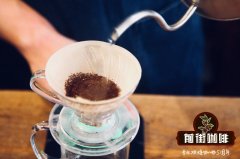African coffee bean brand recommendation _ African coffee producing area how much is a pack of Ethiopian coffee

Professional coffee knowledge exchange more coffee bean information please follow the coffee workshop (Wechat official account cafe_style)
Wild coffee trees in Ethiopia are the ancestors of coffee beans grown in Arabica all over the world. Espresso is highland coffee, which is taken good care of by artificial care. Longberry Haar is similar to mocha and is usually used to replace mocha, also known as Isopiamoca. It has high acidity, full-bodied, mild, strong taste, high yield and pleasant aroma. As for Isopia coffee beans, the taste is neutral, the grade is below Isopia mocha, and there are many disadvantages. Wild Arabica coffee trees still grow in a large area southwest of Isopia, where coffee beans are picked up directly from the ground, including Djimma, Sidamo, and Kaffa. In recent years, the industry has begun to pay attention to improving the methods of harvesting and handling beans, and the coffee industry has expanded. However, coffee beans produced by wild coffee trees are still washed with wood mortar and other primitive methods. Some people think that the name of coffee comes from the original Kaff;l of the coffee tree. All the legends and anecdotes about the discovery of coffee revolve around Isopia. At first, people did not regard coffee as a drink, but as food. The wandering Gallas roasted the beans, rolled them into powder, mixed them with butter and kneaded them into hard balls for food during the journey. However, because coffee was an important export in the Yemeni port of Mocha in the early days, some people mistakenly thought that coffee originated from Mocha.
Its name comes from the former Yemeni port of Mocha, which is characterized by long fruit and soft meat with the aroma of wine. It's usually shallow baking. . Haramoka has a unique fragrance and sour taste. It belongs to light baking. Yegashev grew up in high mountains at high latitudes. It has a sour taste similar to that of wine. The taste is fragrant. Belonging to light-medium baking, Ethiopia is graded from No.1--No.8 according to the ratio of broken beans mixed in.
Recommendation of African coffee bean brand
African coffee beans baked in front street coffee: Ethiopian coffee beans, Kenyan coffee beans, Burundian coffee beans and so on are fully guaranteed in terms of brand and quality. And more importantly, the performance-to-price ratio is extremely high, a pack of half a pound 227 grams, the price is only 80-90 yuan. According to the calculation of 15 grams of powder per cup of hand-brewed coffee, 15 cups of coffee can be made in a bag, and each cup of coffee costs only about 6 yuan, which is very cost-effective for coffee shops to sell dozens of yuan a cup.
Qianjie coffee: Guangzhou bakery, the store is small but a variety of beans, you can find a variety of unknown beans, but also provide online store services. Https://shop104210103.taobao.com
Important Notice :
前街咖啡 FrontStreet Coffee has moved to new addredd:
FrontStreet Coffee Address: 315,Donghua East Road,GuangZhou
Tel:020 38364473
- Prev

The first three African coffee beans-introduction to the famous producing areas of African coffee-reasons for the low price of African coffee beans
Professional coffee knowledge exchange more coffee bean information please follow the coffee workshop (Wechat official account cafe_style) for thousands of miles away in Africa, what will you think of? A hungry child with a big belly? Wild animals running on the prairie? Our imagination of Africa is actually very one-sided and unitary. One Africa, multiple gazes. Famous coffee producing area in Africa: Cotti
- Next

Analysis on the trend of African Coffee Market _ what are the varieties of African coffee beans _ which brands of African coffee are good
Professional coffee knowledge exchange more coffee bean information Please pay attention to Coffee Workshop (Wechat official account cafe_style) Coffee consumption in Africa has increased greatly. Countries such as Kenya and Uganda have established their own coffee cultures and become new territories of coffee, but they are also facing the new challenge of self-sufficiency. On the African continent, coffee beans have been used as a cash crop for years, but they are mostly for export and domestic demand.
Related
- Does Rose Summer choose Blue, Green or Red? Detailed explanation of Rose Summer Coffee plots and Classification in Panamanian Jade Manor
- What is the difference between the origin, producing area, processing plant, cooperative and manor of coffee beans?
- How fine does the espresso powder fit? how to grind the espresso?
- Sca coffee roasting degree color card coffee roasting degree 8 roasting color values what do you mean?
- The practice of lattes: how to make lattes at home
- Introduction to Indonesian Fine Coffee beans-- Java Coffee producing area of Indonesian Arabica Coffee
- How much will the flavor of light and medium roasted rose summer be expressed? What baking level is rose summer suitable for?
- Introduction to the characteristics of washing, sun-drying or wet-planing coffee commonly used in Mantenin, Indonesia
- Price characteristics of Arabica Coffee Bean Starbucks introduction to Manning Coffee Bean Taste producing area Variety Manor
- What is the authentic Yega flavor? What are the flavor characteristics of the really excellent Yejasuffi coffee beans?

